Amid the surging wave of nationwide fitness enthusiasm, China’s gym-going population has skyrocketed by over 30% in recent years. However, sports injury reports have risen concurrently, highlighting the urgent need for scientific training methods. Industry experts observe that many beginners unknowingly plant seeds of injury during early training due to incorrect form or excessive intensity. Mastering proper techniques and leveraging fitness equipment have become core principles for safe and efficient progress.
Flexibility First: Equipment Guards Joint Health
Stretching is far more than a cool-down routine. For vulnerable joints like hips and ankles, systematic equipment-assisted flexibility training is essential. Foam rollers deeply release tension in gluteal and leg muscles, while resistance bands precisely enhance joint mobility. For example, resistance band ankle rotations significantly improve ankle stability, laying a foundation for subsequent training. Scientific consensus confirms that dynamic stretching with equipment acts as invisible armor for joints, priming muscles before exercise.
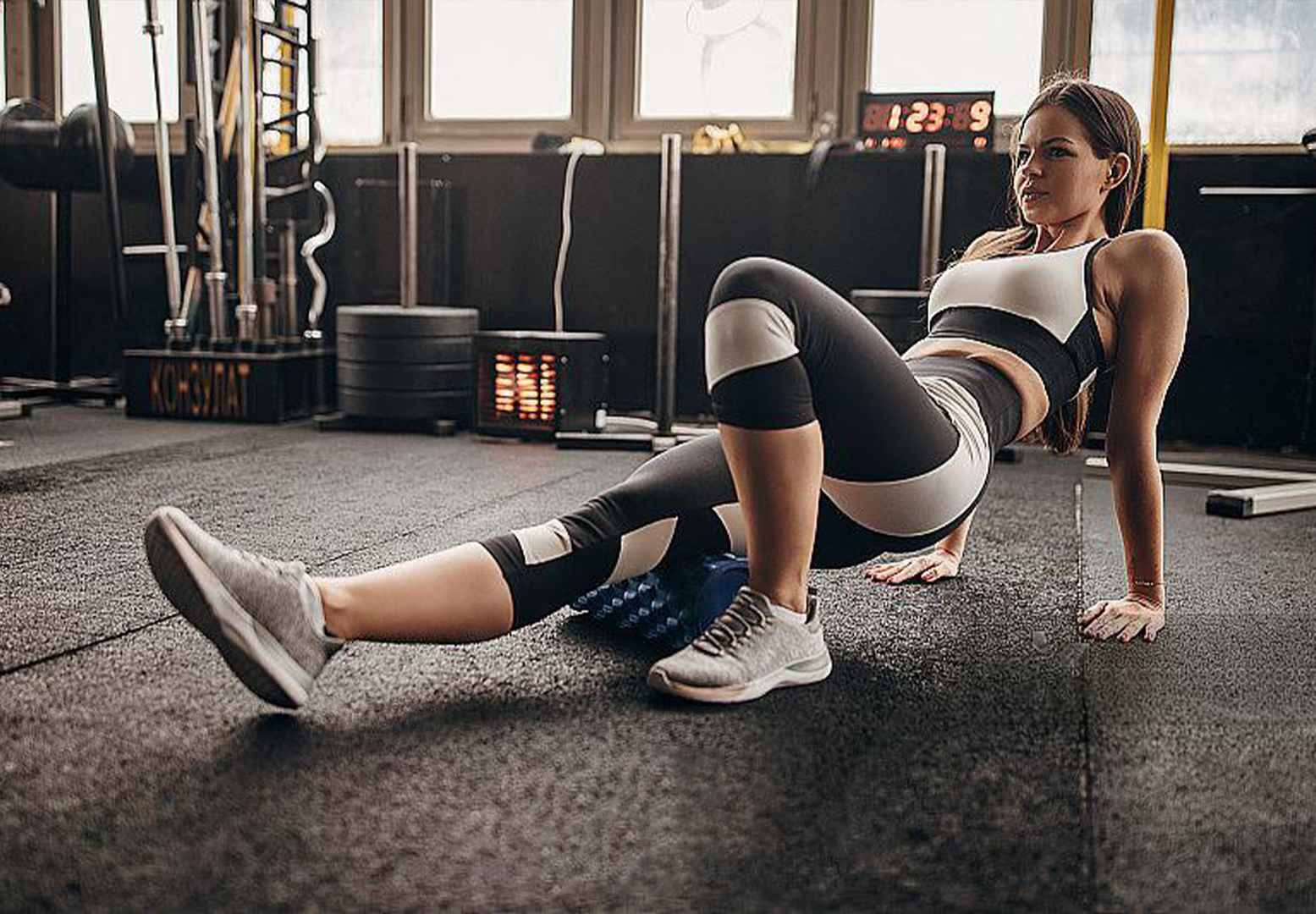

Power Surge: Jump Box Training Methodology
The ubiquitous gym jump box is an ideal tool for explosive power development. Training must follow scientific protocols: begin with low box heights, initiate movement through hip flexion before exploding vertically upward, and ensure bent-knee landings for stable, shock-absorbed touchdowns. As technique solidifies, gradually increase box height and incorporate single-leg variations for coordination challenges. Sports medicine research verifies that jump boxes effectively mimic natural human movement patterns, but flawed landings generate 5-7 times bodyweight impact forces—posing severe threats to knee joints.
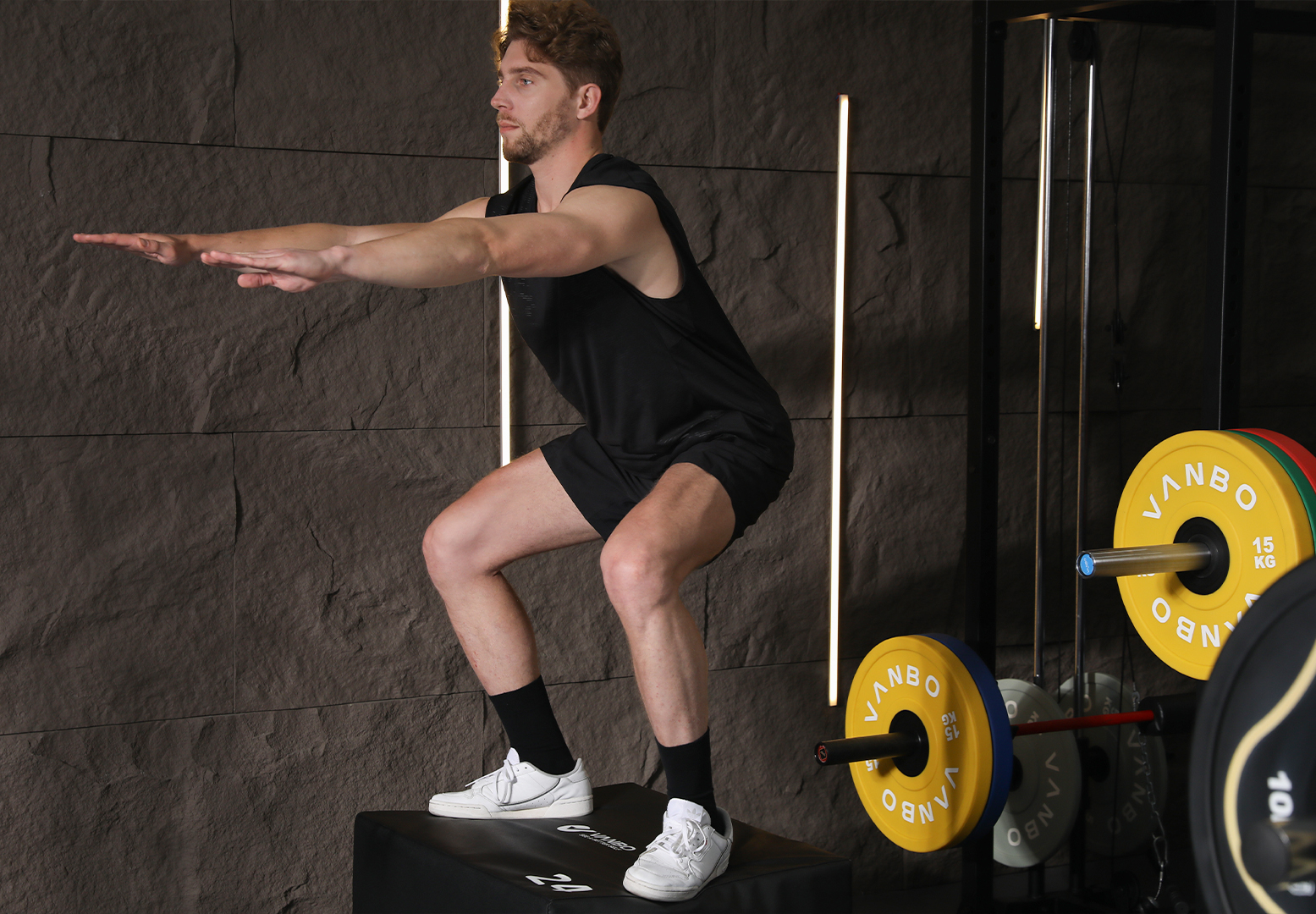
Core Revolution: Beyond Crunches
Core training must transcend sit-up limitations. Three-dimensional strengthening through equipment delivers superior results: farmer’s walks with dumbbells dramatically improve anti-lateral flexion capacity; medicine ball rotational throws activate deep twisting muscles; and weighted plank holds using weight plates comprehensively challenge core endurance. Training specialists emphasize that tools like dumbbells and medicine balls transform static exercises into dynamic resistance patterns, multiplying efficiency for this kinetic power-transfer hub.
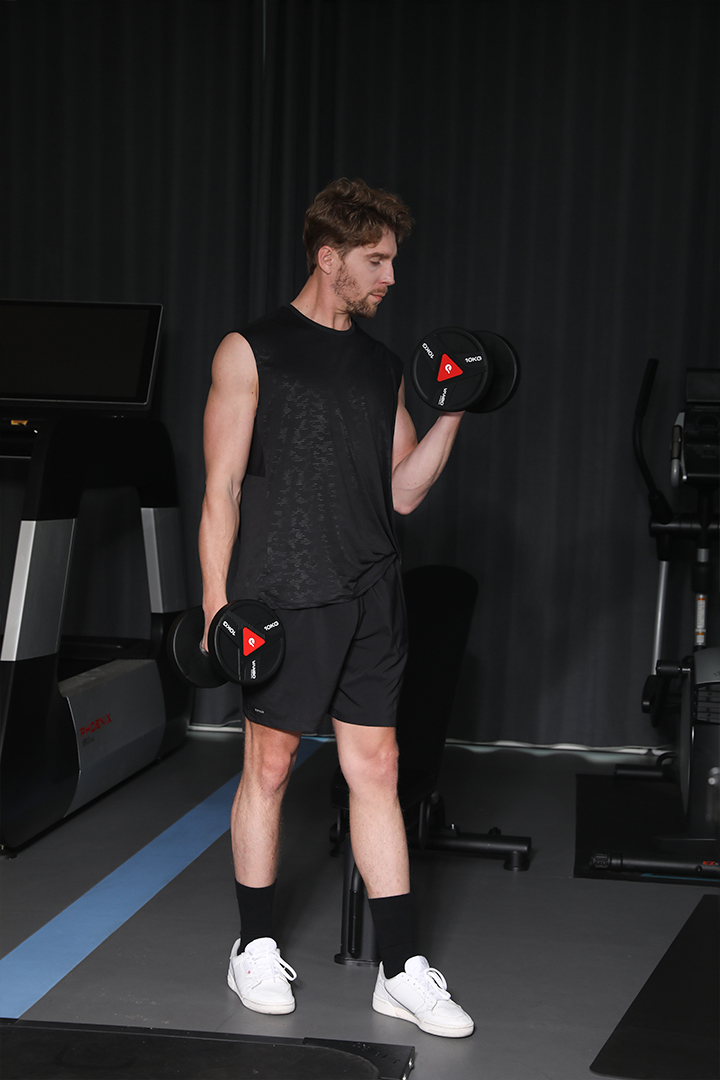
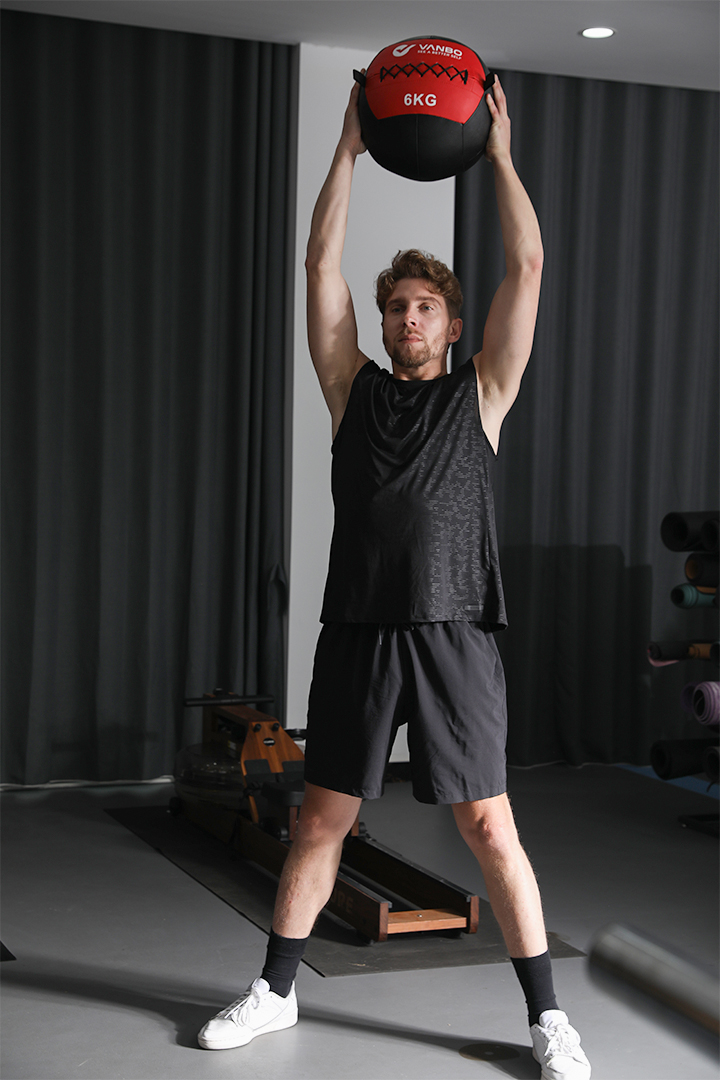
Weight Wisdom: Balance Over Numbers
Blindly stacking weights during squats and bench presses invites disaster. Scientific training leverages safety bars on squat racks while prioritizing movement precision—maintaining neutral spines and coordinated joint articulation. Incorporate dumbbell lunges and kettlebell swings to balance anterior-posterior muscle development. Strength training authorities concur that true athleticism stems from muscular equilibrium: equipment serves not just as loading tools, but as invisible supervisors ensuring technical integrity.
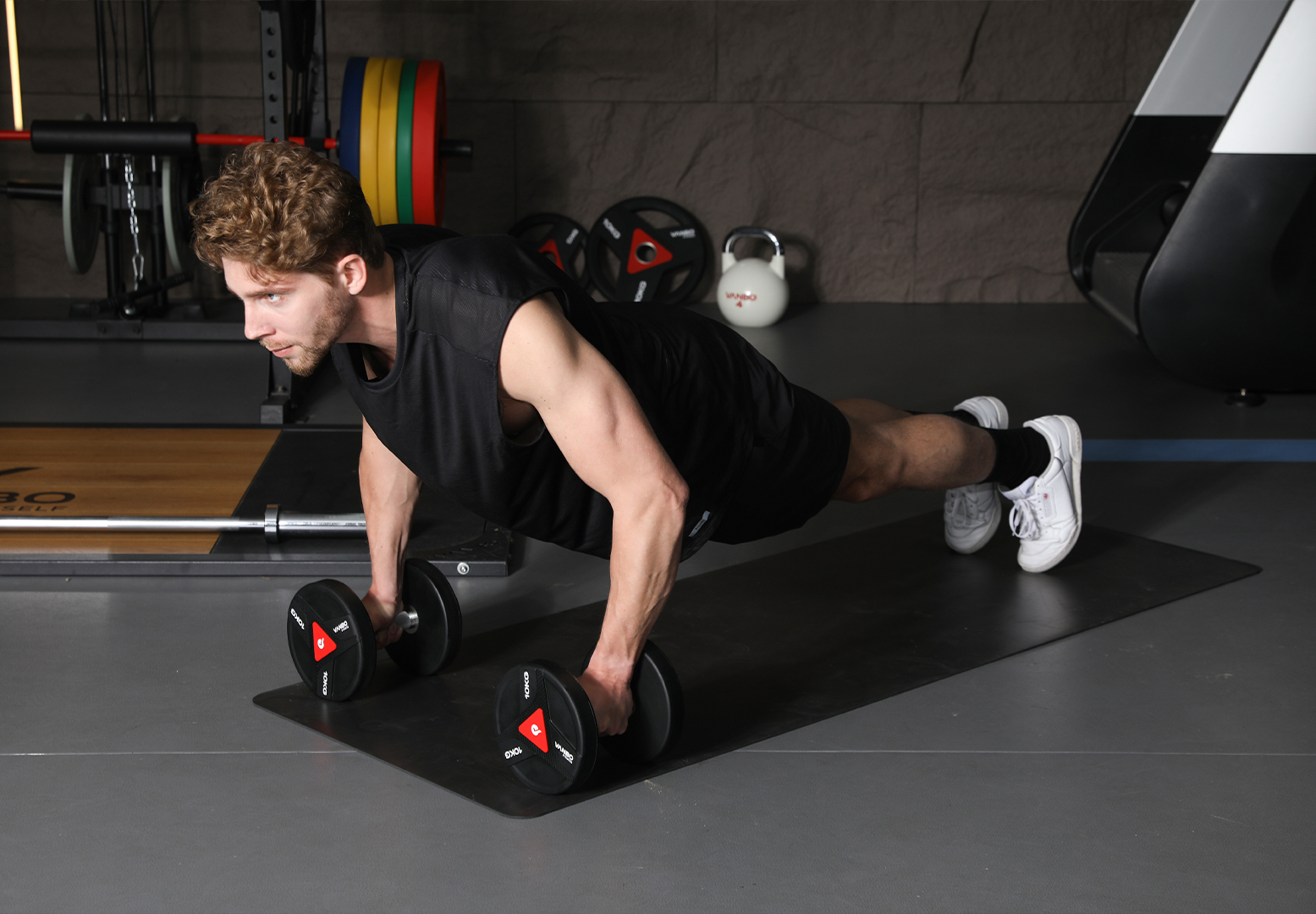
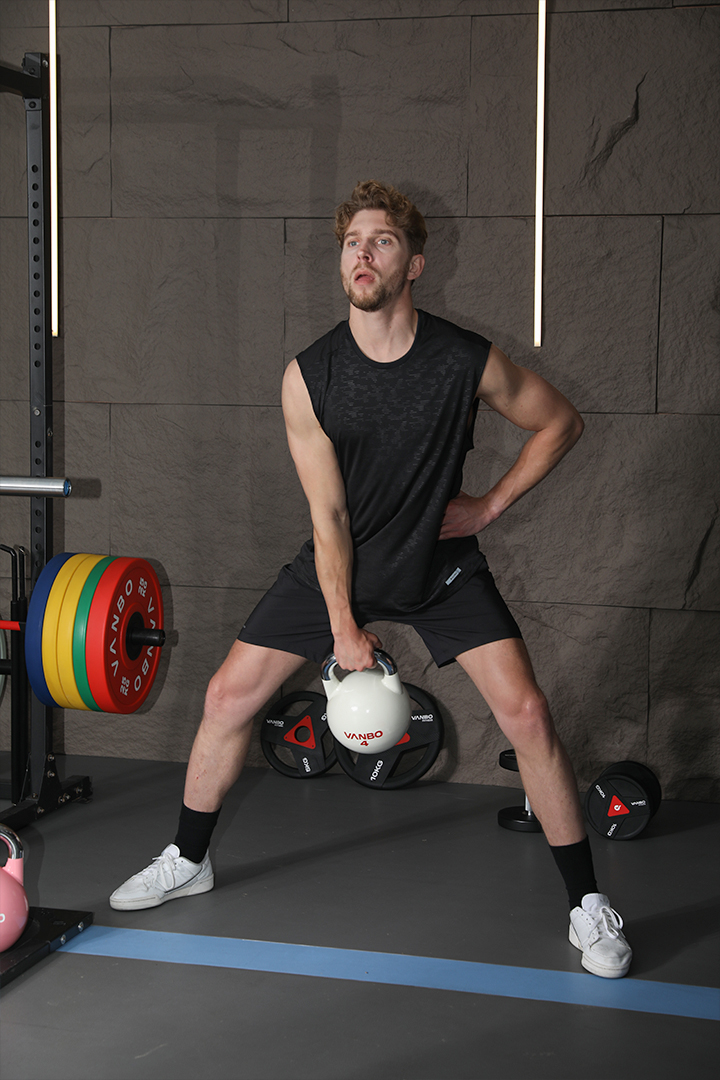
When training wisdom converges with equipment synergy, every exertion becomes a solid stride toward physical vitality. Industry experts particularly caution: "Fitness is not a sprint, but a marathon of bodily awareness. No matter how advanced the equipment, it must pair with profound respect for one’s physical limits. The essence of scientific training lies in making each repetition a stepping stone for growth—never a prelude to injury."
Post time: Aug-01-2025





